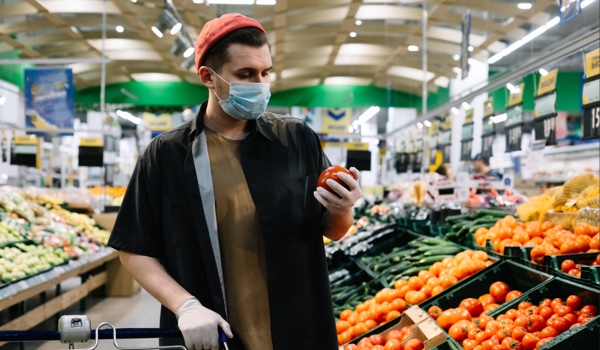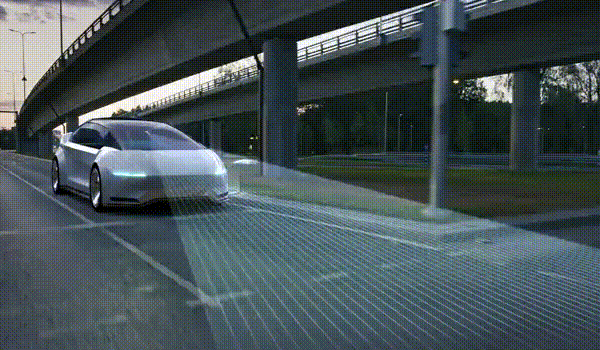


ROME - Food insecurity has increased in recent years as a result of conflicts and climate change, as well as the COVID-19 pandemic and the accompanying global economic crisis. Today, up to 811 million people suffer from hunger, including 132 million classified as undernourished during the pandemic. Another 3 billion cannot afford a healthy diet.
Efforts to fight hunger have traditionally focused on producing more food - but this comes at a high environmental cost. Agriculture depletes 70 percent of the world’s fresh water and 40 percent of its land. It has contributed to the near-extinction of around 1 million species. Food production generates 30 percent of global greenhouse-gas (GHG) emissions and is the leading cause of Amazon deforestation.
Policymakers seeking to eradicate hunger today thus face a dilemma: preventing billions from going hungry while also saving the planet. A fertilizer subsidy, e.g., may boost crop yields and reduce hunger but also lead to excessive nitrogen use, thus ruining the soil.
Cattle ranches and rice farms emit methane, a more potent GHG than carbon dioxide. The most effective way to lower methane emissions is to tax them, but this would raise food prices, affect poor consumers’ access to nutrition, and threaten the livelihoods of farmers and ranchers.
Countries must therefore establish an optimal level of environmental pollution that does not reduce agricultural productivity or undermine the social and economic well-being of the poor. A solution that feeds the most mouths without endangering the planet is thus needed.
Hunger Crisis
Finding a workable plan requires looking at food systems holistically - a major departure from the current siloed approach. To quantify any trade-offs with data is
The content herein is subject to copyright by Project Syndicate. All rights reserved. The content of the services is owned or licensed to The Yuan. The copying or storing of any content for anything other than personal use is expressly prohibited without prior written permission from The Yuan, or the copyright holder identified in the copyright notice contained in the content. Continue with Linkedin
Continue with Linkedin
 Continue with Google
Continue with Google







 3863 views
3863 views










